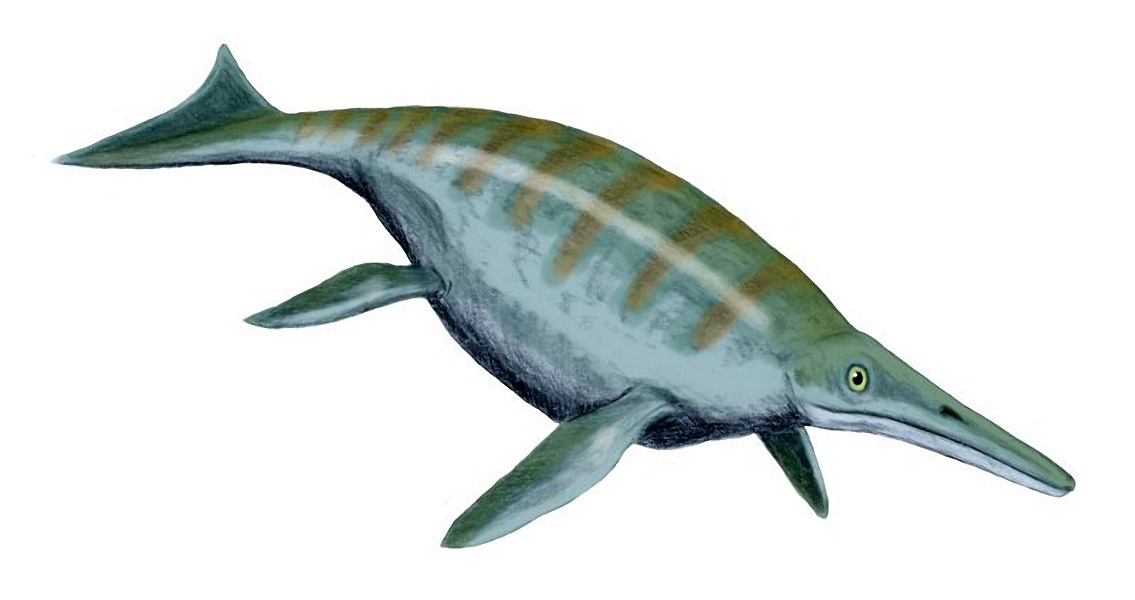<![CDATA[They ruled the oceans for more than 157 million years; dolphin-like marine reptiles called ichthyosaurs. The mystery surrounding their extinction 66 million years ago towards the end of the Cretaceous period (30 million years prior to the global dinosaur extinction) has prompted all manner of theories. Newly published research reveals the fate of ichthyosaurs was tied, amongst other things, to fluctuating sea levels and temperatures, i.e., climate change. Previous hypotheses proffered to explain the disappearance of these ancient marine reptiles have included an increase in competition from other marine fish and reptiles as well as the deterioration of belemnites, an extinct type of cephalopod which existed during the Mesozoic era and was ichthyosaurs' main food source. These pressures would have resulted in a reduction of species diversity over time to a point where even minor events could have tipped ichthyosaurs into extinction. Dr. Valentin Fischer, a vertebrate paleontologist with the University of Oxford who led the research, told ABC News Online, “These theories were at odds with the recent understanding of the ichthyosaur fossil record, which suggests they were actually quite diverse prior to their extinction,” adding, “We wanted to analyze this extinction thoroughly and look for possible alternative drivers.” Science learned of ichthyosaurs' existence early in the nineteenth century with the discovery of the first complete skeleton in England. The order Ichthyosauria (Greek for fish-lizard) was named in 1834. Later in the nineteenth century, many more remarkably well preserved ichthyosaur fossils were found in Germany. Beginning in the late twentieth century, there’s been a renewed interest in the group which has led to an increase in the number of named ichthyosaur discoveries. To date, there are over fifty genera known, from all seven continents. The researchers analyzed teeth kept in museum collections in addition to a number of fossils recently discovered in Russia. These results were then compared with geological evidence and environmental indicators (including sea surface temperatures) in order to estimate the diversity of ichthyosaurs over a period of 150 million years. What they discovered confirmed that ichthyosaurs were in fact quite diverse during the last part of their existence, which lead researchers to conclude that their extinction was the result of intense and abrupt events. Strong fluctuations in temperatures and sea levels 100 million to 94 million years ago during the Cenomanian stage of the Cretaceous period coinciding with intense volcanic action, ice-free poles, rapidly shifting continents and periods of anoxia (a lack of oxygen) on the sea floor affected a large portion of the marine biosphere and significantly changed marine ecosystems. Changes in competitors, migratory routes, food availability and even a decrease in safe birthing locations could have also contributed to the ichthyosaur’s downfall. However, it’s apparent that during this turbulent time, ichthyosaurs were unable to successfully evolve new species and take advantage of the new opportunities their quickly changing world presented. Dr. Fischer’s research was recently published in Nature Communications. ]]>
Ichthyosaurs – Ancient Victims of Climate Change
